Athens Cultural Life
The rich history of Athens is coupled with a contemporary cultural life full of highly acclaimed events all year round. The city offers a lively nightlife with a wide variety of restaurants, bars, theaters and concerts. A visit to Athens is an opportunity to sample the highly distinguished Mediterranean cuisine, characterized by olive oil, local wines, honey and herbs such as oregano, basil and thyme.
Museums operating in Athens can be divided into two categories. There are those which host world treasures from antiquity and the Byzantine era, including the Acropolis Museum, the National Archaeological Museum, the Museum of Cycladic Art, the Benaki Museum and the Byzantine and Christian Museum. In addition, there are a number of interesting thematic museums.
The visual arts play a big role in Athenian cultural and everyday life. Along with the prominent galleries such as the National Gallery and the Benaki Museum, there numerous small private galleries spread around the city center and the surrounding areas, which host the works of contemporary visual and media artists. Moreover, in recent years a number of bar galleries have sprung up.
Landmarks
The establishment of Athens as a city dates back to mythological times. The city’s history is still evident throughout Athens in the form of many Ancient, Roman, Byzantine and modern monuments.
Today’s capital integrates the ancient and medieval history into the contemporary era. Monuments can be found all around the city center, alongside contemporary buildings, roads and train stations.
Acropolis
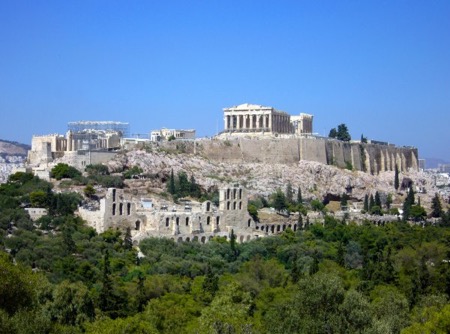
The Parthenon, a monument that stands as a symbol of Greece worldwide, has been standing on the “sacred rock” of Athens, the Acropolis, for thousands of years. The Parthenon and the other monuments of the Acropolis are all excellent works of art, reflecting the Classical period and the Golden Age of ancient Athens in the 5th and 4th centuries B.C.
Website: www.acropolisofathens.gr
The Acropolis Museum
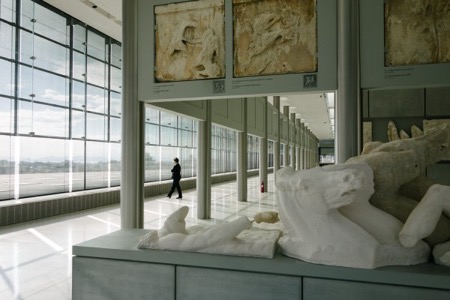
Designed by Bernard Tchumi in collaboration with Michalis Photiadis, the sparkling new Acropolis Museum opened in June 2009 and is already one of the city’s top attractions. It is well on its way to becoming one of the most visited museums worldwide. The museum, which exhibits approximately 4,000 artifacts, allows the sculptures to be viewed in natural light, with special glass and climate-control measures that protect them from sunlight. The top floor of the museum is especially impressive, as visitors are able to view the friezes and then look out the windows to view the Parthenon itself.
Website: www.theacropolismuseum.gr
Odeon of Herodes Atticus
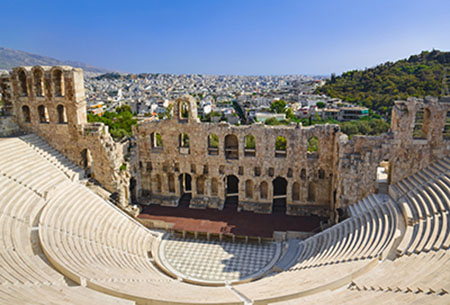
Located at the foot of the Acropolis, the Odeon was built in 161 A.D. under Tiberius Claudius Atticus Herodes. Countless concerts, plays and ballets have been performed in this magnificent setting. A summertime performance here, with the Parthenon as a backdrop and the moon high in the sky, will be an unforgettable experience. Many music, dance and theater events are organized by the Greek Festival in the summer months.
Websites:
http://greekfestival.gr
https://en.wikipedia.org/wiki/Odeon_of_Herodes_Atticus
Ancient Agora
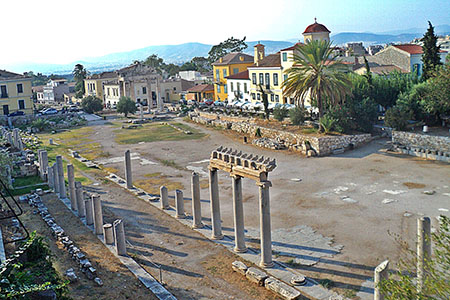
The Ancient Agora (which means “market” in modern Greek) is situated just below the Acropolis. In ancient times it served not just as the commercial center of the city, but also as its political, cultural and religious center.
Website: www.agathe.gr
Panathinaikon Stadium
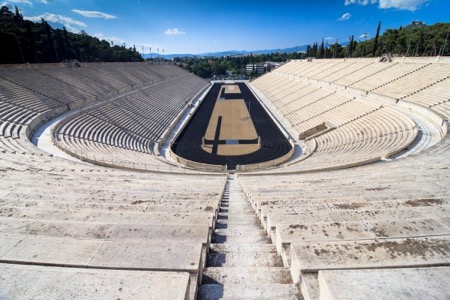
Originally built in the 4th century B.C. for the athletic competitions of the Great Panathinaia (ancient Greek festivities), the Kallimarmaron Stadium (meaning “beautiful marble”) was the venue of the first modern Olympic Games, in 1896.
Website: www.panathenaicstadium.gr
National Archaeological Museum of Athens
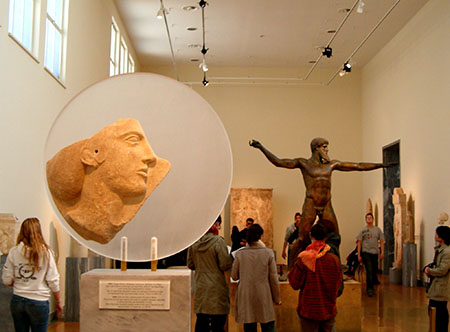
The National Archaeological Museum of Athens is the largest museum in Greece and one of the most important museums in the world devoted to ancient Greek art. Housed in an imposing neoclassical building, it contains the richest collection of artifacts from Greek antiquity worldwide. The museum was founded at the end of the 19th century to house, protect and display antiquities from a variety of archaeological locations all over Greece, dating from prehistory to late antiquity.
Website: www.namuseum.gr
Byzantine & Christian Museum
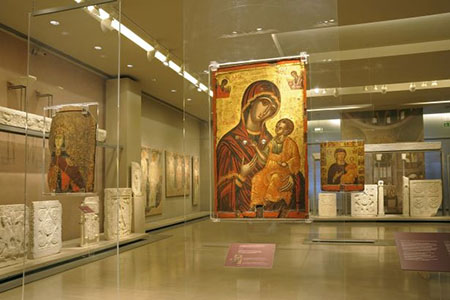
The Byzantine and Christian Museum, which is located in downtown Athens, is one of Greece’s national museums. It specializes in – but is not limited to – religious artifacts of the Early Christian, Byzantine, Medieval, post-Byzantine and later periods. The Museum has over 25,000 artifacts in its collection, which date from between the 3rd and 20th century A.D.
Website: www.byzantinemuseum.gr
Museum of Cycladic Art
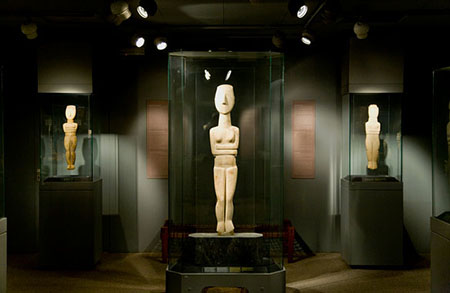
The Museum of Cycladic Art is dedicated to the study and promotion of ancient cultures of the Aegean and Cyprus, with special emphasis on Cycladic Art of the 3rd millennium B.C. It was founded in 1986, to house the collection of Nicholas and Dolly Goulandris, an extensive and unique private collection of prehistoric art from the Cycladic islands as well as ancient Greece.
Website: www.cycladic.gr
National Gallery of Athens
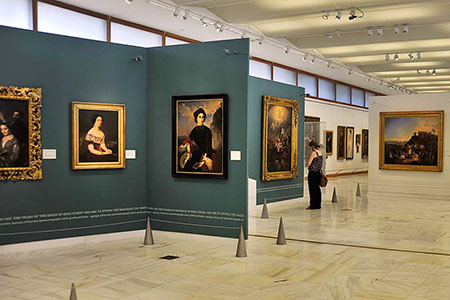
The National Gallery was founded in 1900 and houses collections that comprise more than 16,000 works of art including paintings, sculptures, engravings and other forms of art. The works displayed cover the period from the post-Byzantine times until today.
Website: www.nationalgallery.gr
Benaki Museum
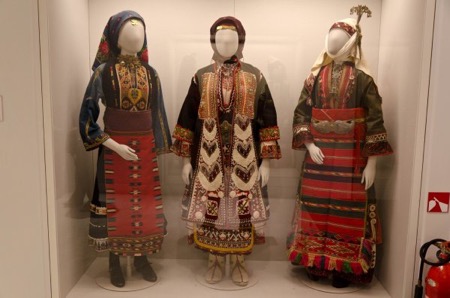
The main building of the Benaki Museum is a neoclassical structure in the historic center of the city, across from the lush greenery of the National Gardens and the garden of the Presidential Mansion. The museum owes its existence to the Benakis family who donated the family’s house in Athens as well as their collection of Islamic and Byzantine objects. Today the primary museum focuses on Greek culture over the span of the country’s history, illustrating a spectacular historical panorama from antiquity and the age of Roman domination to the medieval Byzantine period, from the fall of Constantinople and the centuries of Frankish and Ottoman occupation to the outbreak of the struggle for independence in 1821, and from the formation of the modern Greek state to the disaster in Asia Minor. It also hosts periodic exhibitions and maintains a state-of-the-art restoration and conservation workshop.
In addition to the main building, the Benaki has several satellite museums in different locations that focus on specific collections. Among them is the Museum of Islamic Art, located near the ancient Kerameikos cemetery, with over 8,000 works of art demonstrating the evolution of Islamic civilization from the first appearance of Islam up to the Ottoman period and the corresponding development of Islamic art up to the 19th century. Still other collections are devoted to the evolution of Chinese ceramics from the third millennium BC to the 19th century AD; to the intellectual and artistic output of Greece during the 20th century; to pre-Columbian art; and to Coptic art reflected by a uniquely rich group of textiles.
Website: www.benaki.gr
Hellenic Cosmos Cultural Center of the Foundation of Hellenic World
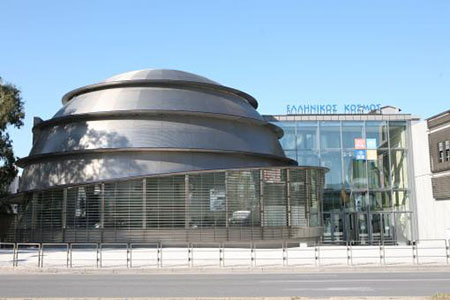
A living museum that stands out for its innovative programs, "Hellenic Cosmos", the Cultural Centre of the Foundation of the Hellenic World, is an ultra-modern cultural center. Located in the former industrial zone between Athens and Piraeus, it is a multifunctional area where visitors can learn about history, culture and sciences through interactive exhibitions, virtual reality shows, educational programs and documentaries.
Website: www.ime.gr
Last update on April 21, 2016 |



















